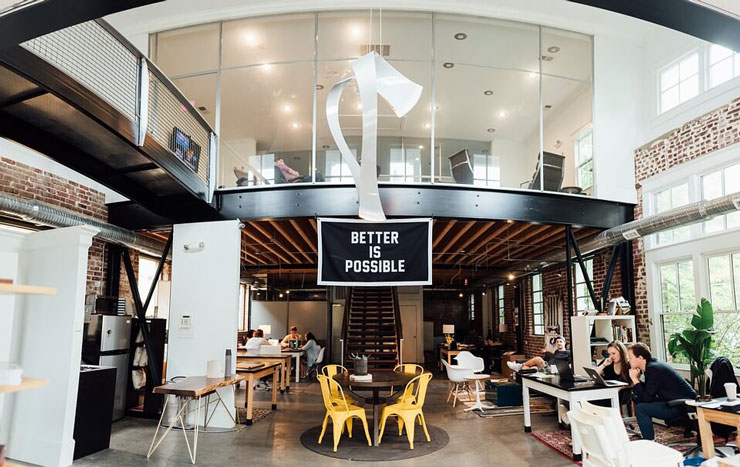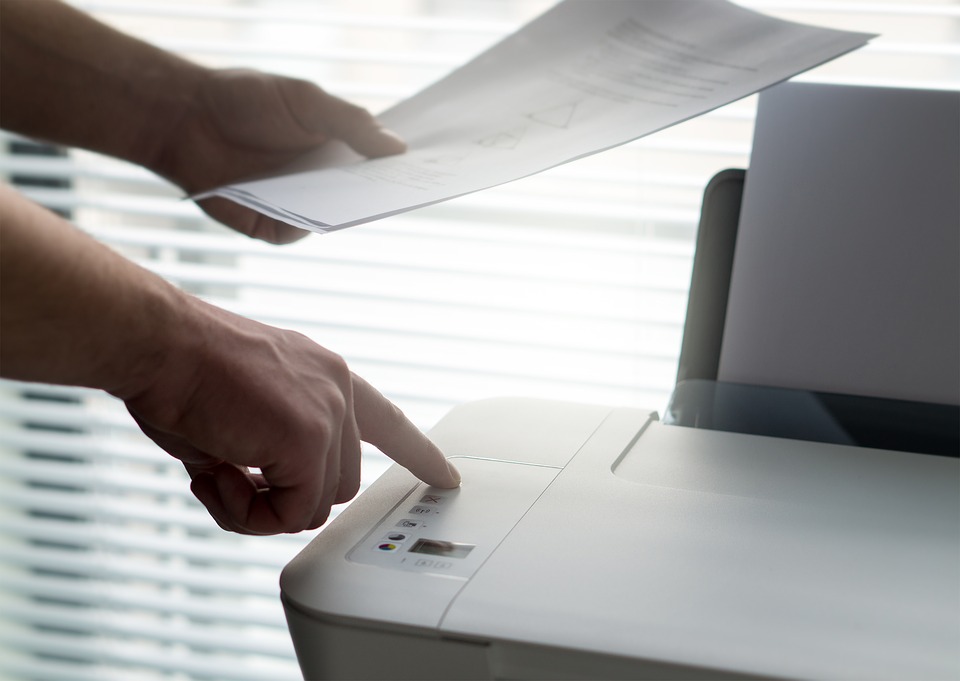Whether you are currently purchasing a new printer or are just tired of your old workhorse monochrome device, there are many factors to consider before making a purchase. In addition to cost, you'll want to take into account other considerations such as the intended use of the device. You may even be able to get the results you need with your current printer! Before you spend a few hundred dollars on a new device, determine what your business and creative needs are, then find a printer that can best meet those needs.

Do I really need a new printer?
Some people just don't like using older printer models. The reasons vary: it may look "unprofessional", it may not have high enough resolution, or for some people, it may offer an unsatisfactory printing experience. Whatever your reasons for buying a new printer, it may be worth reconsidering that old reliable device you've had in your home or office for a few years. With a few slight modifications, you may be able to get like-new print quality from your tried and true printer!
- Try changing your printer settings before you decide that your old device is undesirable. Adjust them for optimal print quality. This may require reducing your print speed, as faster print speeds usually sacrifice some of the quality of your work.
- If you plan to print photographs, set the resolution to 300 dots per inch (dpi) and make sure you print in CMYK (cyan, magenta, yellow, inky/black) mode instead of RGB. RGB (red, orange and blue) is a setting that produces good results on your monitor but not on paper.
- Use an editing program to print your photos. This allows you to retouch your photos, control the color settings and adjust the resolution for even more accurate results.
- Save photographs and images as TIF files instead of JPG files to avoid compression, which can reduce the quality and resolution of your files.
- Try changing the paper you use. For photo prints, you should really use a higher quality photo paper instead of regular printer paper. This can affect the distribution of ink on the page, which can produce different results.

What are my printing needs?
If you've decided that your old printer is not salvageable and you're determined to buy a new printer, you may be asking yourself, "Now what?" One of the most important factors to consider when evaluating your options is the actual use of your device. If you're looking for a printer to use at home, your needs may be different than if you were buying a shared printer to use in the office. Think about what you need and how best to meet those needs before you commit to buying a device that won't serve you well.
- Will you primarily print in black and white? If so, an inexpensive monochrome printer may be enough to meet your needs. Most of the really flashy upgrades on new printer models are for photo resolution, color capabilities, or multifunctional capabilities such as scanning and faxing.
- Are you going to print images or are you primarily buying a printer to produce text documents? For text-centric jobs, a laser printer may be more economical. For photo heavy projects, choose an inkjet printer for better resolution and color options.
- Do you need all the features of a multifunction printer (MFP) or can you get by without the scan/copy/fax capabilities?
- Do you primarily print photographs or do you need professional quality photos for work or school? If so, a dedicated photo printer may be what you're looking for.

Where will this printer be used?
In addition to determining what your printing needs are, you may also want to determine where the new printer will be installed. A desktop inkjet printer for your home doesn't leave much to consider, but what about a huge standalone MFP laser printer in the office? Some service printers (see below) are like a piece of furniture, while other smaller printers may still be too big for desktop use. Think about where your new printer will ideally be installed and whether or not you can install a printer there.
- Office printers are frequently classified into one of four designations: personal printers, work team printers (typically used by five or fewer colleagues), workgroup printers (typically used by up to 10 colleagues) and departmental printers (used by 10 or more colleagues) .
- Consider the size and shape of the printer. If you are mounting the device on your desk, you will be somewhat limited by the size of the printer. If you're buying a stand-alone tower printer, you may need to free up floor space in a convenient corner of your office.
- Whether the printer is for work or home use, you'll need to assess whether or not you have the space, electrical outlets, and furniture layout to install a printer there.
- If the printer is for a shared office, expect many more people to use your printer each day. This means you will go through paper and ink/toner faster. You may also need networking capability and faster print speeds to avoid long wait times and saved print projects.
- If your printer is going to be shared by a large number of employees or will produce a high volume of print jobs, you may want a printer that can easily print a large number of pages. This is usually determined by both the print speed of the device and the page yield of the ink/toner cartridges you will need for that printer.

What type of product specifications should I look for?
You've decided what type of printer would best suit your needs, but you're not out of the woods yet. Even after choosing an inkjet printer versus a laser printer and choosing office use versus home use, you will still need to evaluate a number of printer models that fall into each desired category. This question basically comes down to performance: what do you need from your printer in terms of color capabilities, print speed, and print quality? If you plan to use your printer to produce photos for work or school and need professional results, consider a photo printer that accepts more than black/cyan/magenta/yellow cartridges. Some printer models also accept additional ink cartridge colors such as red, green, photo cyan and photo magenta.
- Consider the resolution of the printer. Most contemporary printers have a minimum resolution of 600 dpi, which will produce decent text documents but will lack quality when printing smaller text or any type of images.
- 1200 dpi is a good resolution for fine detail and/or small text sizes. However, it's worth comparing the actual print resolution in stores if you can. Many office supply stores offer test templates so you can produce sample pages to compare the quality of the print job from each model.
- If wireless printing capability is important to you, look for printer models with this feature.
- Check the print speed if you expect to need to produce a high volume of work quickly.

How much should I expect to spend?
Another important factor to consider is the cost of a new printer. If you buy a printer for the office and use a business expense account, the cost is less of a concern. However, if you are paying for your printer out of pocket, you may need to consider the cost of the printer. You will also need to consider the hidden cost of buying a new printer: how much the ink/toner will cost.soscartouches.ca carries most cartridge models for all major ink and toner brands. We sell top of the line compatible and remanufactured replacement cartridges for HP printers, Brother printers, Canon printers and more!
- Most newer inkjet printer models will cost between 80 $ and 350 $, depending on the brand, print quality/capabilities and year of production.
- A new laser printer will cost more than a new inkjet printer. Decent models usually start around 200 $ and can go up to 700 $ for a state-of-the-art home printer or several thousand dollars for a high-end office model.
- Don't forget to factor in the cost of ink/toner. Toner cartridges typically produce a higher volume of print work, with some cartridges capable of printing 20,000 or even 30,000 pages. Ink cartridges typically hold about 500 to 1,000 pages at most.
- The printing industry works the same way as the razor industry: a new printer can be purchased at a relatively low price, but it offers you inflated prices on the ink/toner to be used in that printer (much like a razor is fairly cheap or even free, but the expense of razor blades adds up quickly).
- You can save money on your printing costs by purchasing compatible or refurbished replacement cartridges from 1ink.com. Our ink and toner produce the same quality results you'd get from an original equipment manufacturer (OEM) cartridge, but you'll save up to 85% off the OEM sale price!

Conclusion:
Don't rush into buying a printer that won't fully meet your needs or fit your workspace. Take your time to determine what type of printer would best suit your creative and professional projects and your intended workspace. Then compare product specifications, print quality and price, and make an informed decision based on the research you've done. Searching for a new printer takes time, but it will be worth the effort and effort to get the right printer for your needs!

